Results Show Wisconsin GOP Is Now Trump’s MAGA Party
Trump outperformed underlying Republican candidates, reversing 2020 results.
Eight years ago, Donald Trump redefined the GOP coalition in Wisconsin. This year, he rode it to a record number of votes and a second term in the White House.
This election bore little resemblance to his 2016 campaign, when Democrat Hillary Clinton seemingly took Wisconsin for granted, and never visited. Vice President Kamala Harris energized the Democratic base, campaigning here early and often, receiving more votes than President Joe Biden did in his 2020 Wisconsin victory.
In 2020, for example, when Trump lost to Biden by fewer than 21,000 votes in Wisconsin, he ran about 50,000 votes behind the state’s eight Republican candidates for Congress. On Tuesday, said Joe Zepecki, a longtime Democratic operative, Trump ran about 19,000 votes ahead of them.
“That tells me that the takeover, consolidation — use whatever descriptor you’d like — of the Republican Party into a ‘MAGA’ Trump party, is complete,” Zepecki said, referencing Trump’s trademark “Make America Great Again” acronym.
Even as Trump carried Wisconsin, Democratic U.S. Sen. Tammy Baldwin narrowly won reelection to her seat, and Democrats made inroads in both the state Senate and Assembly.
Here’s a closer look at how Wisconsin’s 2024 election unfolded.
Wisconsin’s largest counties didn’t have the last say
What happens in Milwaukee, Dane and Waukesha counties can go a long way toward who wins statewide elections in Wisconsin, simply because they collectively account for more than 1 million votes in a state where between 3 million and 3.5 million votes get cast.
This has been an especially good trend for Democrats in recent elections. They’ve run up the numbers in Dane and Milwaukee counties, and they’ve cut into the GOP advantage in Waukesha County, a place where a decade ago, Republicans dominated.
Democrats pushed hard for the suburban vote, and Trump got just 59.2 percent in Waukesha County this year, according to unofficial numbers. That’s low for a Republican candidate, but it didn’t spell doom for his campaign.
More telling, said Republican consultant Bill McCoshen, is that Trump’s numbers improved in Dane and Milwaukee counties, where he campaigned. One in every four Dane County votes went to Trump, which McCoshen said helped offset Harris’ advantage.
“In order to win statewide, we don’t have to win the county,” McCoshen said. “But we have to hit a certain number, and Donald Trump hit it.”
Trump’s rural coalition dominated, even more than before
Far more telling in the election was Trump’s rural coalition, which helped him win Wisconsin in 2016 and nearly did the same in 2020.
There were examples far and wide. In Grant County in southwest Wisconsin, which Democrats won in the 2004, 2008 and 2012 presidential races, Trump’s share of the vote jumped from about 51 percent in 2016, to 55 percent in 2020 to 58 percent Tuesday.
In Iron County in far northern Wisconsin, another place Democrats used to carry, Trump’s share jumped from 59 percent in 2016, to 61 percent in 2020 to 63 percent this year.
Collectively, these rural voters offset some of the traditional Republican voters who left the party in the age of Trump, Zepecki said.
“Clearly, there were more voters to replace those folks than we anticipated, or that anyone saw coming,” Zepecki said.
The economy really was front of mind for voters
Zepecki blames the economy, the issue voters routinely said was their top priority in the election.
“The economic headwinds that Kamala Harris was facing were larger and deeper and stronger than anybody anticipated,” Zepecki said. “Inflation is an incumbent party killer.”
One question included on the Marquette University Law School survey for years was especially telling. When Marquette asked voters about their family’s financial situation, just 44 percent said they were living comfortably, down from 67 percent four years ago.
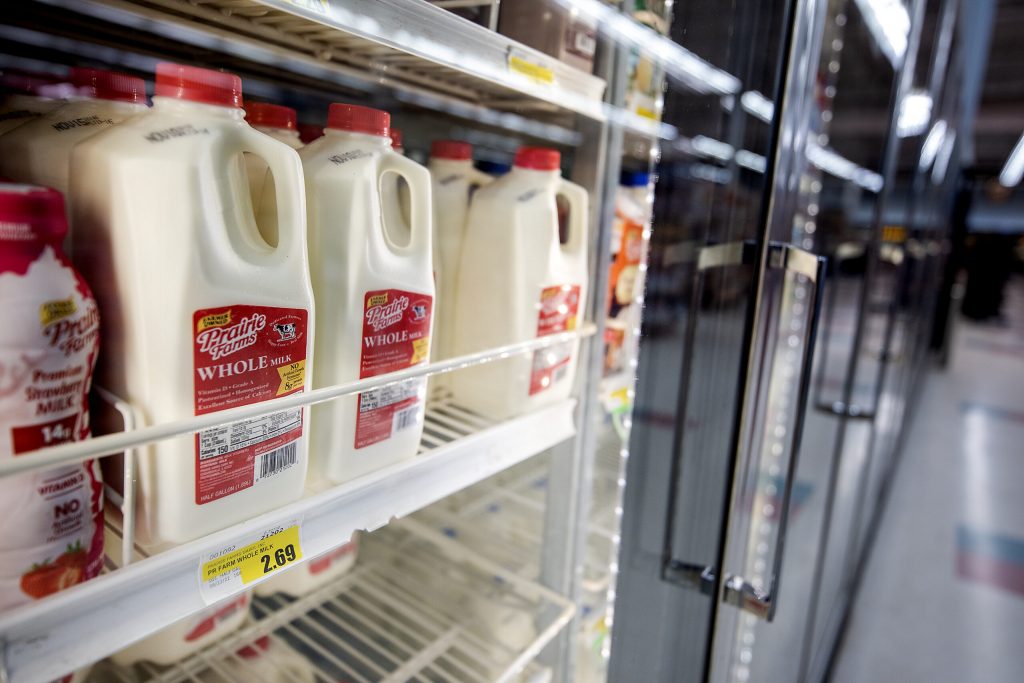
Milk is stored on a shelf Wednesday, Nov. 2, 2022, at Piggly Wiggly grocery store in Edgerton, Wis. Angela Major/WPR
When Harris launched her candidacy in late July, it energized Democrats — Zepecki said he didn’t think she could have run a better campaign.
But she was still part of the Biden-Harris administration at a time when the president was deeply unpopular, and McCoshen said she didn’t offer enough to differentiate herself.
“Americans were looking for a change,” McCoshen said. “She didn’t offer it.”
Despite big year for Trump, Baldwin also prevails
Democratic U.S. Sen. Tammy Baldwin had won her previous Senate races by 5.5 and 10.8 percent — relative blowouts in Wisconsin. This year, unofficial numbers show she won by about 0.9 percent.
She received about 4,500 more votes than Harris, a small but notable sum given the national spotlight on the presidential race.
“Tammy Baldwin is an absolute legend in Wisconsin politics,” Zepecki said. “The fact that Tammy Baldwin was able to pull this thing out puts her first ballot Hall of Fame, you know — Mount Rushmore of Wisconsin politicians, as far as I’m concerned.”
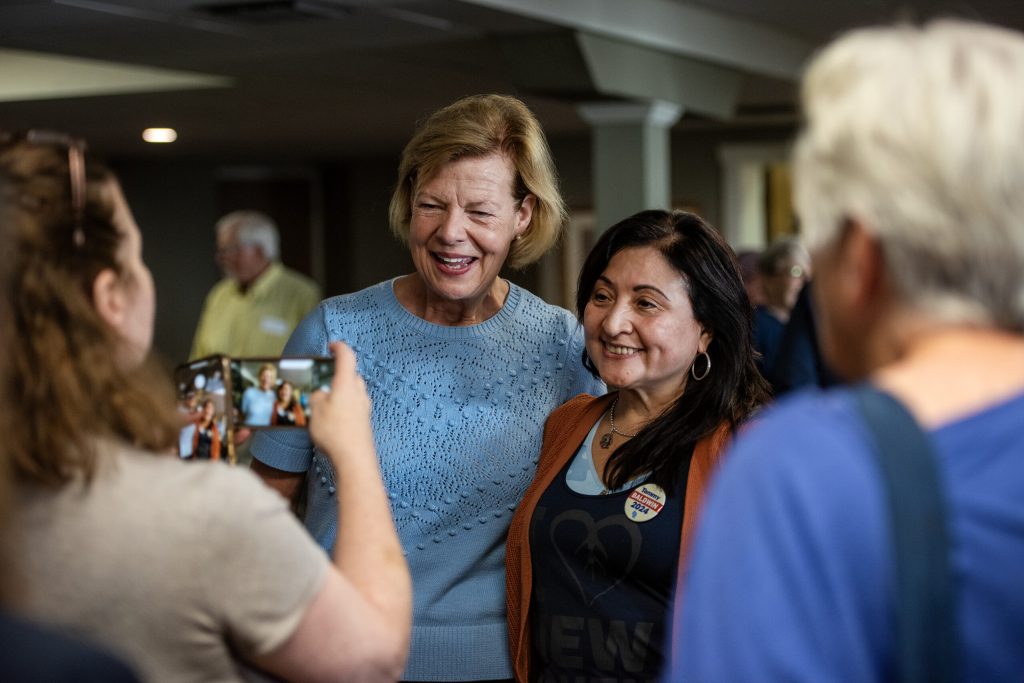
Sen. Tammy Baldwin takes photos with attendees at a campaign stop Friday, Oct. 4, 2024, in Beaver Dam, Wis. Angela Major/WPR
McCoshen thought a bigger factor was the third party candidates, Phil Anderson of the “Disrupt the Corruption” party and Thomas Leager of the “America First Party.” Collectively, they received about 71,000 votes, roughly double Baldwin’s margin of victory.
“I’ve always thought she (Baldwin) was a strong candidate,” McCoshen said. “But on this one, I think she got lucky.”
Democrats make gains in the Wisconsin Legislature
Amid the big statewide races were contests for the state Senate and Assembly, which were more competitive under maps drawn by Gov. Tony Evers.
In the Senate, Democrats flipped four seats, according to race calls by The Associated Press. The final, the 8th Senate District, was called just before 6 p.m. Wednesday, with Democrat Jodi Habush Sinykin beating Republican Sen. Duey Stroebel by just 1,788 votes.
“Senate Democrats defeated Republicans’ manufactured supermajority, and we are on a pathway to the majority in 2026!” read a statement from Senate Minority Leader Dianne Hesselbein of Middleton.
In the Assembly, the AP had declared 52 races for Republicans and 44 for Democrats, with three districts still too close to call, as of Wednesday evening. Republicans held a 64-seat majority under the old map.
This was the first time Assembly Speaker Robin Vos had run candidates on a map that wasn’t drawn by his party. He told reporters that Republicans had defied expectations, and while the GOP majority will shrink, their approach to governing would not.
“We get the chance to set the agenda for the rest of the state with our colleagues in the state Senate,” Vos said at a Capitol news conference Wednesday.
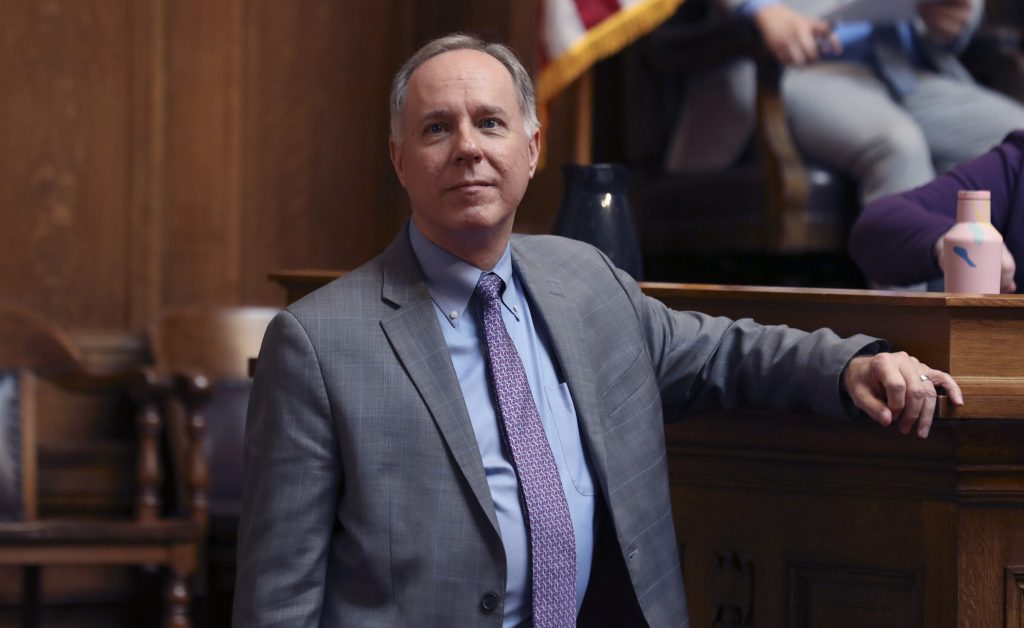
Wisconsin Assembly Speaker Robin Vos, R-Rochester seen at the Wisconsin State Capitol in 2020 in Madison, Wis. Coburn Dukehart/Wisconsin Watch
Close races are still a thing in Wisconsin, with another election on the horizon
Should the AP totals hold, both Baldwin and Trump will have won their races by less than a percentage point, which is within the threshold for the losing candidates to request a recount should they choose to. So far, neither has.
Just five months from now, a Wisconsin Supreme Court race between Judges Brad Schimel and Susan Crawford will again decide the ideological balance of the court, just two years after liberals flipped the court in their direction.
In Wisconsin, there’s no rest for the politically weary.
In Wisconsin, 2024 results show it’s Trump’s GOP more than ever was originally published by Wisconsin Public Radio.
If you think stories like this are important, become a member of Urban Milwaukee and help support real, independent journalism. Plus you get some cool added benefits.


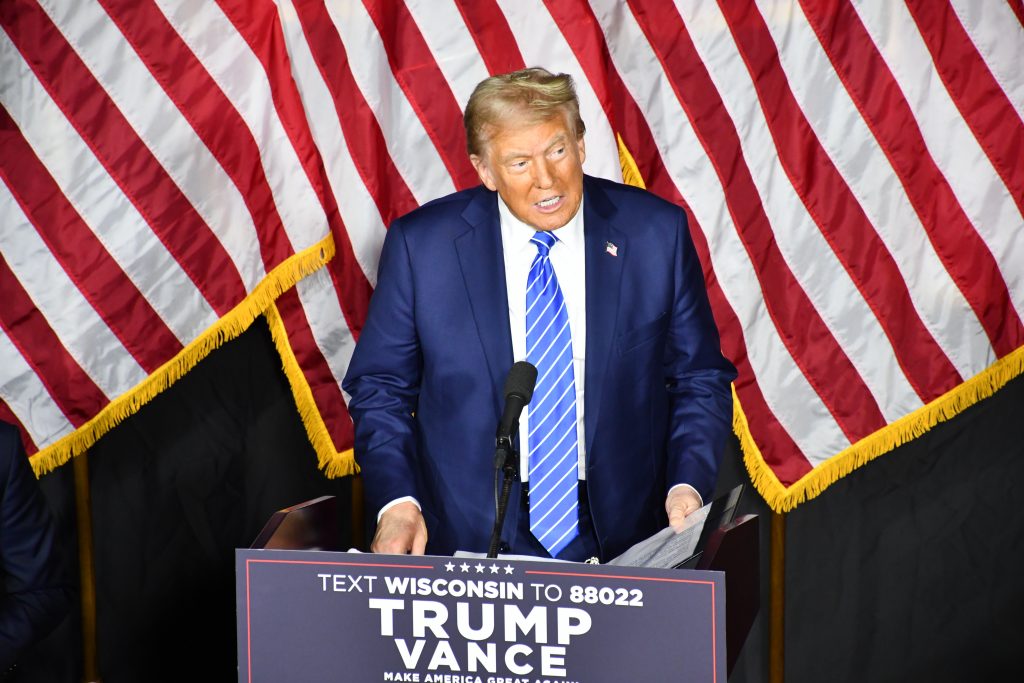
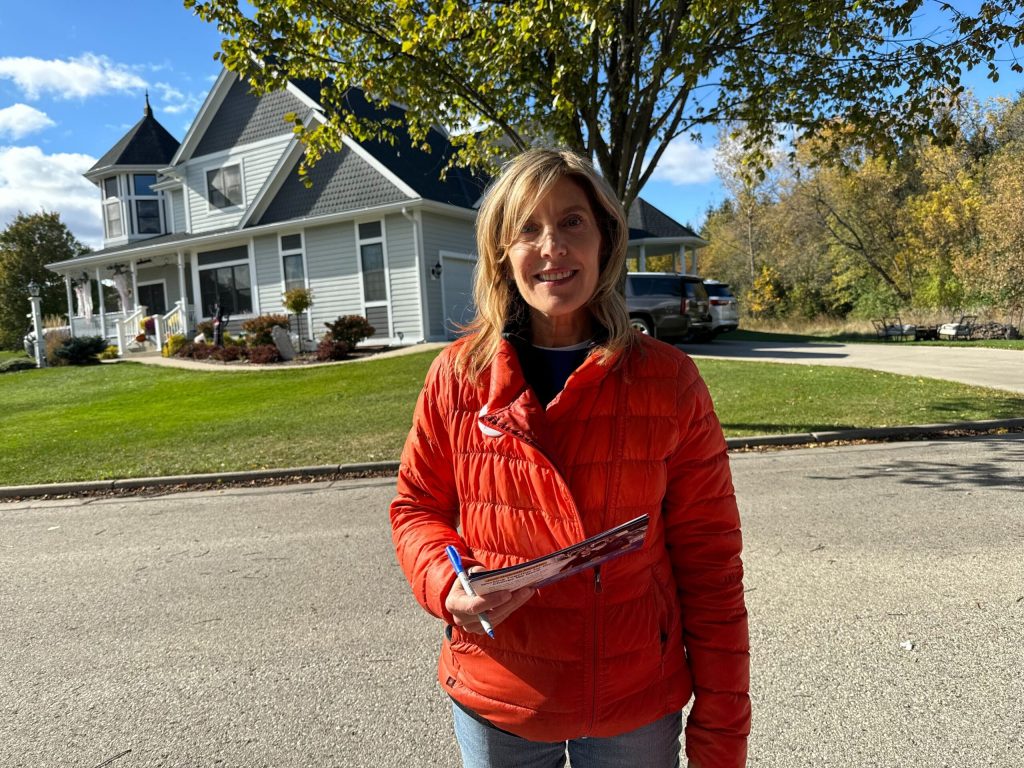



















“Americans were looking for a change,” Republican consultant Bill McCoshen said. “She didn’t offer it.”
Well, I hope Frump supporters strap in tightly, because the changes are likely to come fast and hit them hard. In the end, they may not like what they see, nor recognize the country they envisioned when they voted for The Clown and his Circus to run it…..again.
Buyer’s remorse in this election is going to be a b***h, but the mid-terms are only 2 years away.
Yep. It’s funny that people didn’t try to find out about the impact of tariffs until after the election. And the effect on Wisconsin’s food production industries (dairy, fruits and vegetables, meat processing) could be quite large, given the prospect of deportation of even noncitizen migrants married to citizens.
And who’s going to clean the hospitals and hotels, work behind the scenes in restaurants, and care for nursing home patients?
Lots of changes in store.